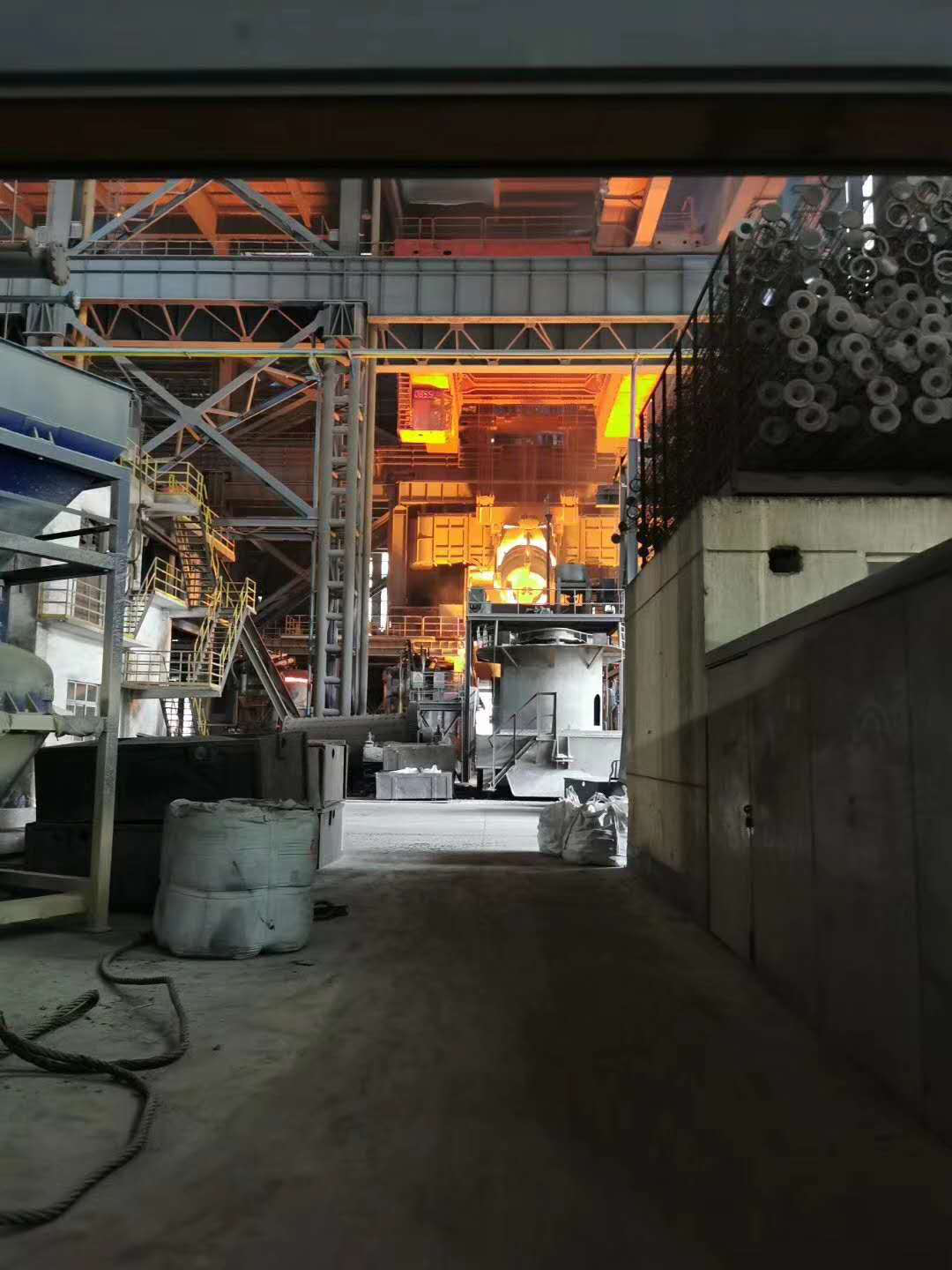Martensitic stainless steel has Cr13 type (low carbon and medium carbon), Cr17Ni type (low carbon), Cr18 type (high carbon), and its heat treatment process includes annealing, quenching + tempering, stress relief, etc.
(1) Cr13 stainless steel: It can be seen from the phase diagram (Figure 8-1) that the alloy with Cr≥12% has the properties of stainless steel and can be quenched and strengthened. There is a ferrite structure in the austenitized structure, which is retained after quenching. If the Cr content is too high, single-phase ferrite will be formed when heated, and the quenching strengthening treatment cannot be performed.
1) Annealing
Softening annealing can meet the requirements for cutting processing. After forging, heat treatment can prevent the forging from cracking. For extrusion deformation, complete annealing is required.
There is a large amount of chromium carbide in the annealed workpiece, and the chromium content in the solid solution is reduced. At the same time, these chromium carbide particles and the matrix form many micro-batteries, which accelerate the corrosion of steel parts.
The quenching hardness of 1Cr13 has a relatively large relationship with the carbon content. When the carbon content is greater than or equal to 0.13% and the chromium content is greater than or equal to 12.75%, the hardness is greater than 46. Carbon has a large effect on the carbon content, while the effect of chromium is small. 5HRC. The quenching hardness of 2Cr13 is about 50HRC. The hardness of 3Crl3 and 4Crl3 steel after quenching is 51~56HRC,
2) Tempering after quenching:
The commonly used temperature for quenching of 1Cr13 is 1000~1050℃, 2Cr13 is generally 980~1000℃, and the tempering temperature of 1Cr13 and 2Cr13 is generally 600~700℃.
For the design and technical requirements of 1Cr13, try not to choose the hardness range of 40~43HRC (401HB). In this hardness range, the tempering temperature and time after quenching are difficult to control. See Figure 8-2. If you must choose this When the hardness is in the range, the heat treatment quenching temperature should be reduced accordingly, but the control difficulty in actual production is still relatively large.
Second, reducing the heating temperature of austenite will affect the solid solution of carbides, and the impact performance will be relatively low, as shown in Figure 8-3.
Third, when the tempering temperature is 500-600℃, carbides with high dispersion are precipitated in the structure, which not only has low corrosion resistance, but also low impact toughness.
In actual production, 3Cr13 and 4Cr13 have quenching temperature of 1000~1020℃, low temperature of 200~300℃, good corrosion resistance, tempering hardness 3Cr13≥48HRC, 4Cr13≥50HRC. High temperature tempering is generally 600~750℃.
After quenching, Cr13 steel needs to be tempered within 8h to prevent cracking.
(2) Cr17Ni stainless steel: This steel is developed by adding 2% Ni on the basis of 1Cr17 ferritic stainless steel. It is austenite + ferrite during high temperature quenching, and oil cooling is generally used for quenching. The quenching structure is: martensite + ferrite + a small amount of austenite. This kind of white spots is easy to produce after forging, and it is necessary to remove white spots after forging.
In the heat treatment technical requirements, there is often an index requirement of ferrite content ≤ 15%, but due to small fluctuations in the carbon content, the ferrite content will exceed the standard. Generally, the carbon content is ≥0.15%, Cr is 16% to 17.5%, and Ni is 2% to 2.5%.
Quenching heating temperature is generally 980~1020℃, tempering temperature is 275~350℃ and 550~700℃, air cooling is adopted after tempering, and the number of tempering times sometimes needs to be twice, the purpose is to eliminate participating austenite structure. The corrosion resistance in the tempering temperature range from 350 to 550 ℃ has low impact toughness, so it is not recommended.
(3)It is recommended to use a protective atmosphere furnace during heat treatment to prevent oxidative decarburization.

Copyright © 2019 East King Steel (Guangdong) Co., Ltd. | All Rights Reserved
We are here to help you! If you close the chatbox, you will automatically receive a response from us via email. Please be sure to leave your contact details so that we can better assist